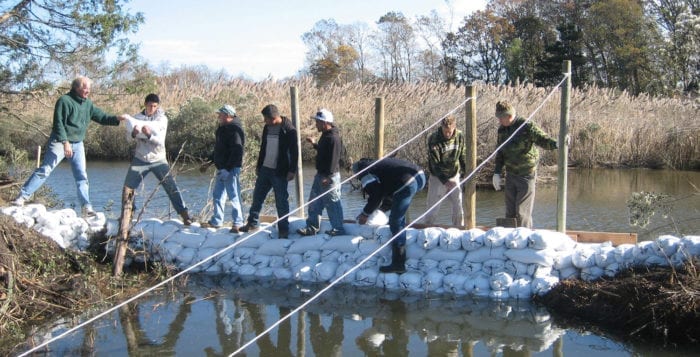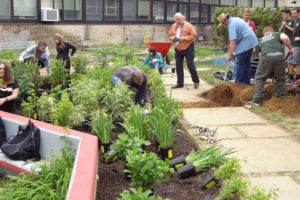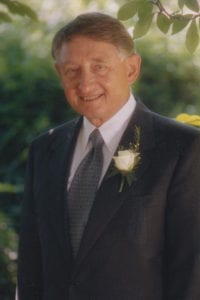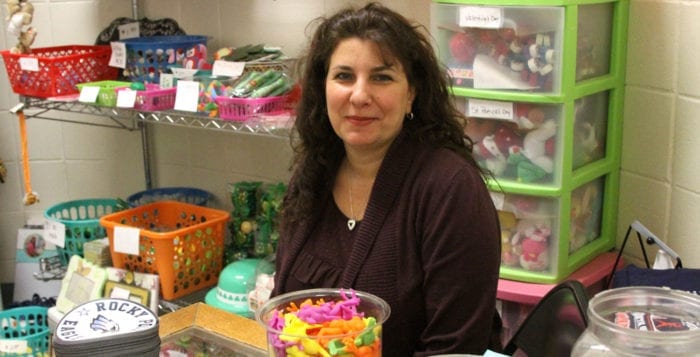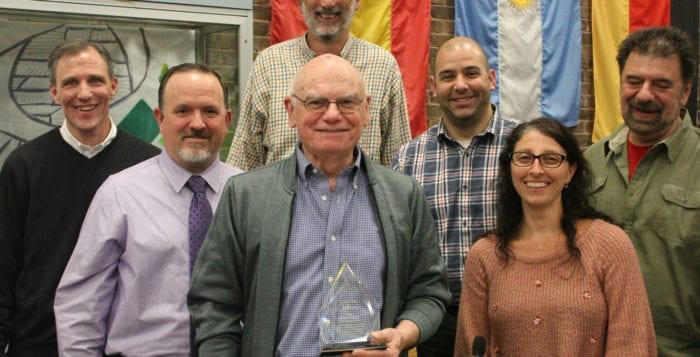While surrounded by salt water, Long Island is in the midst of a drought that is heading into its third year. Amid a trend towards global warming, the New York State Department of Environmental Conservation sent a letter to water district superintendents throughout Suffolk and Nassau County to ask them to lower their water consumption by 15 percent in the next three to four years.
“The primary area that is ripe for reduction is summertime watering,” said Bill Fonda, a spokesman for the DEC. The department has asked the water districts to reduce consumption, but it’s up to the districts to determine how they will reach those goals, he said.
The letter, written by Tony Leung, the regional water engineer, indicated that “results for 2015 show both Nassau and Suffolk County have exceeded the safe yield as cited in the 1986 Long Island Groundwater Management Program,” and that “a concerted effort is needed to reduce peak season water demand.”
The letter, which doesn’t cite global warming, indicates that salt water intrusion, contaminant plumes migration, salt water upconing and competing demand have raised concerns about a need to reduce peak season water demand.
Observers suggested the demand was likely rising for a host of reasons, including increased use of underground irrigation systems and a rise in the population of Long Island.
Water experts welcomed the DEC’s initiative, which is one of many steps Long Islanders can and are taking to respond to a changing environment.
“Most people have no clue how much water they use…They get their water bill, it is what it is, and then they write a check and send it in.”
— Sarah Meyland
Sarah Meyland, the director of the Center for Water Resources Management and associate professor at the New York Institute of Technology, commended the DEC for asserting control over water withdrawals.
“Most people have no clue how much water they use,” Meyland said. “They get their water bill, it is what it is, and then they write a check and send it in.”
She admitted changing consumer behavior will be challenging.
The first step in ensuring water suppliers meet this request, Meyland suggested, is to inform the public about the need for less water use, particularly during the summer months. One possible solution is for irrigation systems that turn off automatically after a rainstorm.
The change in climate has posed a threat to trees that commonly grow on Long Island.
Pine trees have faced an invasion from the southern pine beetle, which extended its range onto Long Island in 2014 and is now a pest that requires routine managing and monitoring.
Long the scourge of pine trees in southern states, the pine beetle, which is about the size of a grain of rice, has found Long Island’s warmer climate to its liking.
“We’re assuming either [Hurricane] Irene or Sandy brought it in,” said John Wernet, a supervising forester at the DEC. “Because it’s getting warmer, the beetle has been able to survive farther north than they have historically.”
Forestry professionals in the south have waged a battle against the beetle for years, trying to reduce the economic damage to the timber market. On Long Island, Wernet said, they threaten to reduce or destroy the rare Pine Barrens ecosystem.
The beetle can have three or four generations in a year and each generation can produce thousands of young.
The first step relies on surveying trees to find evidence of an infestation. Where they discover these unwanted pests, they cut down trees and score the bark, which creates an inhospitable environment for the beetle.
“If left alone, the beetle is like a wildfire and will keep going,” Wernet said. Without direct action, that would be bad news for the pine warbler, a yellow bird that lives near the tops of pine trees, he said.
Wernet added Long Island’s drought also increases the risk of
wildfires.
Farmers, meanwhile, have had to contend with warmer winters that trick their crops into growing too soon while also handling the curveballs created by unexpected cold snaps, frosts, and the occasional nor’easter.
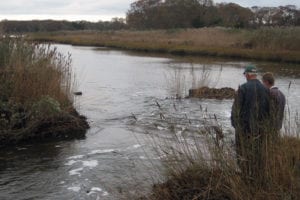
Last year, the colored hydrangeas of Salt Air Farm in Cutchogue budded early amid warmer temperatures in March, only to perish amid two eight-degree nights.
“We lost [thousands of dollars] worth of hydrangeas in two nights,” said Dan Heston, who works on the farm with his wife Prudence, whose family has been farming on Long Island for 11 generations. “Our whole colored hydrangea season was done.”
Heston said he’s been a skeptic of climate change, but suggested he can see that there’s something happening with the climate on Long Island, including the destructive force of Hurricane Sandy, which flooded areas that were never flooded during large storms before.
“I think the climate is shifting on Long Island,” Prudence Heston explained in an email. “Farmers are constantly having to adapt to protect their crops. In the end, pretty much every adaptation a farmer makes boils down to climate.”
Changes on Long Island, however, haven’t all been for the worse. Warmer weather has allowed some residents to grow crops people don’t typically associate with Long Island, such as apricots and figs. For three generations, Heston’s family has grown apricots.
Other Long Islanders have attempted to grow figs, which are even more sensitive to Long Island winters, Heston said. This was not an economically viable option, as each plant required individual wrapping to survive. That hasn’t stopped some from trying.
“People are now finding our winters to be warm enough to make [figs] a fun back yard plant,” Prudence Heston said.
In other positive developments, the Long Island Sound has had a reduction in hypoxia — low oxygen conditions — over the last decade, according to Larry Swanson, the interim dean of the School of Marine and Atmospheric Sciences at Stony Brook University.
“The state and the Environmental Protection Agency have agreed to a nitrogen reduction program,” Swanson said. “It appears that the decline in nitrogen may be having a positive effect.”
Brookhaven Town took a similar step in 2016.
The town board approved a local law proposed by Supervisor Ed Romaine (R) last summer that established nitrogen protection zones within 500 feet of any body of water on or around Long Island. The zones prohibit new structures or dwellings being built in that range from installing cesspools or septic systems.

